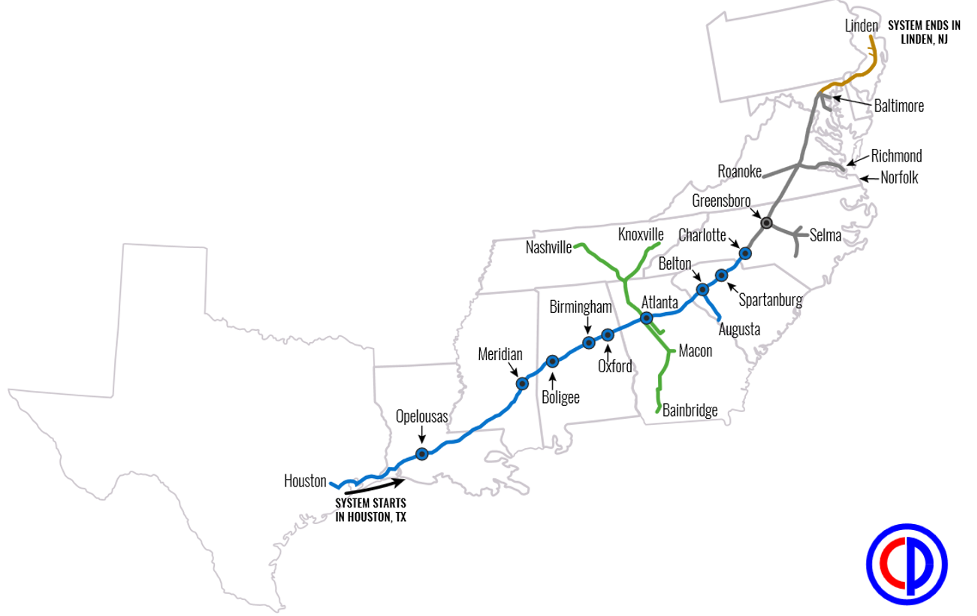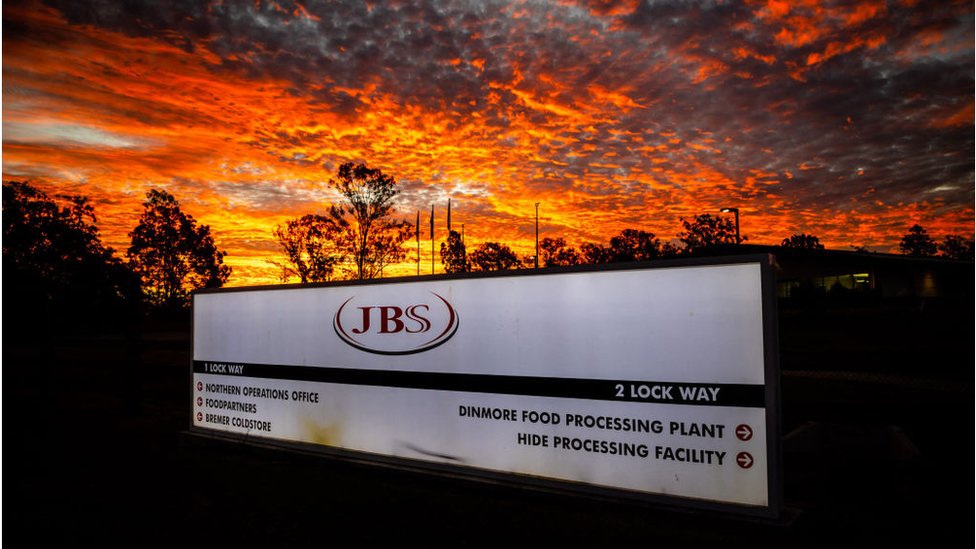The Dark Web has gained infamy as an enigmatic underworld, harboring various illicit activities. Among its more notorious facets are the hacking services that operate within its hidden recesses. In this article, we will explore the Dark Web and take a closer look at hacking services and recent attacks that have gained global attention.
Understanding the Dark Web
The Dark Web refers to a part of the internet that is not indexed by traditional search engines. It exists on encrypted networks, making it challenging to track and regulate. While it has legitimate uses, such as preserving privacy and facilitating communication in repressive regimes, it also hosts various illegal activities. The Dark Web’s anonymity has become a safe place for cybercriminals and hackers.
Hacking Services on the Dark Web
Within the Dark Web, hacking services are clandestine enterprises that offer an array of illicit services to interested buyers. These services involve activities such as gaining unauthorized access to social media accounts, hacking email accounts, launching disruptive attacks on computer networks, creating harmful software, and many other similar actions. The transactions are often conducted using cryptocurrencies like Bitcoin, adding a layer of anonymity.
The Dark Web acts as a marketplace for such services, where hackers can advertise their expertise and interested parties can avail themselves of these services for various purposes. It’s essential to understand that accessing and using these services is against the law and morally wrong.
Recent Hacking Attacks
Colonial Pipeline Ransomware Attack (2021)
One of the most significant hacking attacks in recent memory was the Colonial Pipeline ransomware attack. In May 2021, a criminal hacking group known as DarkSide targeted the Colonial Pipeline, which supplies fuel to a significant portion of the eastern United States. The attack resulted in a temporary pipeline shutdown, causing fuel shortages and significant disruptions. To regain control, Colonial Pipeline paid the attackers a ransom of $4.4 million in Bitcoin, highlighting the financial motivations behind such attacks.

SolarWinds Supply Chain Attack (2020)
In late 2020, a highly sophisticated cyberattack came to light, affecting numerous government agencies and private companies. The attack leveraged a vulnerability in the software supply chain of SolarWinds, a prominent IT management company. Through malicious updates, hackers gained unauthorized access to sensitive networks, potentially compromising vast amounts of data. The attack was linked to a Russian hacking group called APT29 or Cozy Bear, which caused worries about government-supported cyber spying.
JBS Foods Ransomware Attack (2021)
Another significant event took place when JBS Foods, a global meat processing company of substantial size, experienced a ransomware attack. The attack disrupted JBS operations across several countries, impacting the global meat supply chain. The ransom demand was reportedly paid, highlighting the critical role of ransomware attacks in extorting large sums of money from targeted organizations.

Microsoft Exchange Server Vulnerabilities (2021)
In early 2021, Microsoft announced that a state-sponsored hacking group, Hafnium, had exploited vulnerabilities in its Exchange Server software. The attack impacted many organizations globally, including businesses, government entities, and educational institutions, numbering in the tens of thousands. The hackers gained unauthorized access to email accounts and networks, potentially compromising sensitive information. Microsoft quickly released security patches to mitigate the vulnerabilities and urged affected organizations to update their systems promptly.
Kaseya Supply Chain Attack (2021)
In July 2021, a massive ransomware attack was launched against Kaseya, a software company that provides IT management solutions. The attackers exploited a vulnerability in Kaseya’s software to distribute ransomware to its customers, which included managed service providers (MSPs). Consequently, numerous MSPs and their clients were affected, significantly disrupting businesses worldwide. The attack was attributed to a Russia-based criminal group known as REvil (or Sodinokibi), emphasizing the reach and impact of supply chain attacks.
Water Treatment Facility Cyberattack (2021)
In February 2021, a water treatment facility in Oldsmar, Florida, fell victim to a cyberattack. An unauthorized individual accessed the facility’s computer systems and attempted to manipulate the sodium hydroxide (lye) levels in the water supply. Fortunately, an operator detected the intrusion and promptly intervened to prevent any harm to the public. The incident raised concerns about the vulnerability of critical infrastructure systems to cyber threats and the potential consequences of such attacks.

Accellion Data Breach (2020-2021)
Accellion, a provider of file transfer services, experienced a significant data breach between December 2020 and January 2021. Attackers exploited vulnerabilities in Accellion’s legacy File Transfer Appliance (FTA) software, compromising data from numerous organizations, including government agencies, universities, and private companies. The breach exposed sensitive information, highlighting the importance of regular software updates and secure file-sharing practices.
Combating Dark Web and Hacking Services:
Authorities and cybersecurity organizations face significant challenges in combating the activities conducted on the Dark Web. However, several measures are being taken to address the issue. Law enforcement agencies are working to infiltrate hacking communities on the Dark Web, using specialized techniques to identify and apprehend cybercriminals. Additionally, cybersecurity experts continuously develop advanced tools and strategies to detect and mitigate hacking attempts.
Furthermore, raising awareness about cybersecurity practices among individuals and organizations is crucial. By promoting strong passwords, regular software updates, and educating users about social engineering techniques, we can collectively strengthen our defense against hacking attempts.
Conclusion
The Dark Web and its associated hacking services pose significant threats to individuals, organizations, and nations. Recent high-profile hacking attacks like the Colonial Pipeline and SolarWinds incidents have highlighted the potential ramifications of these illicit activities. Both individuals and the broader cybersecurity community need to remain vigilant, adopt best practices, and collaborate in the ongoing battle against cybercrime. By doing so, we can strive to create a safer digital landscape for everyone.